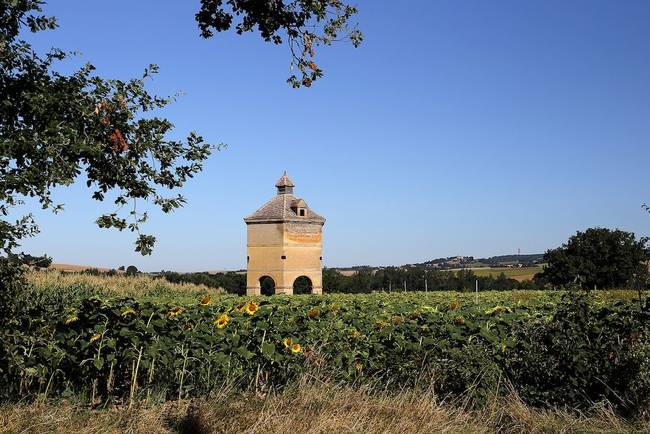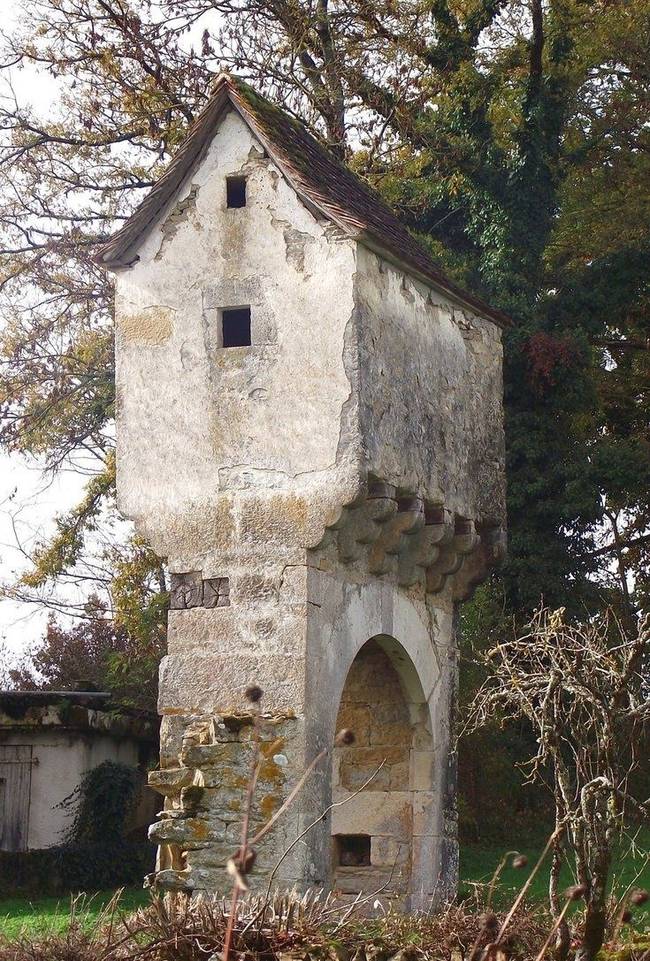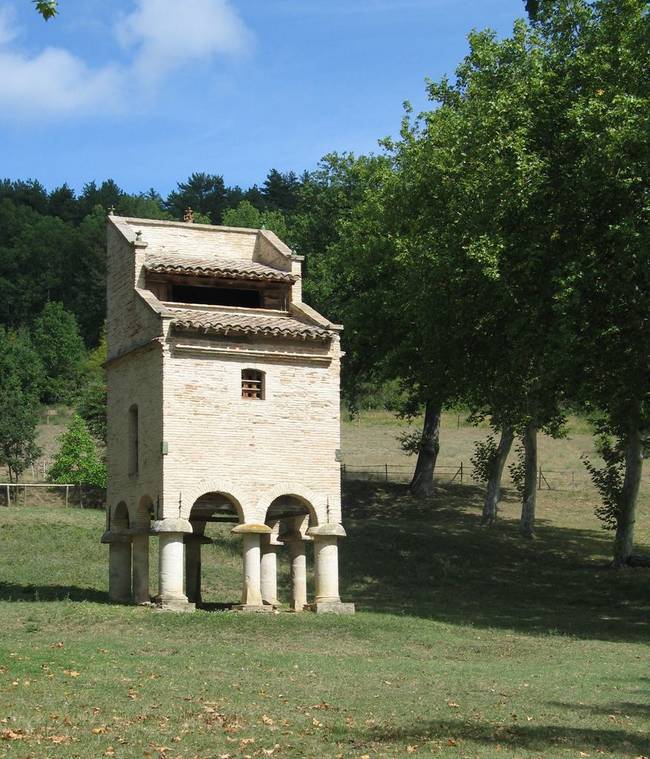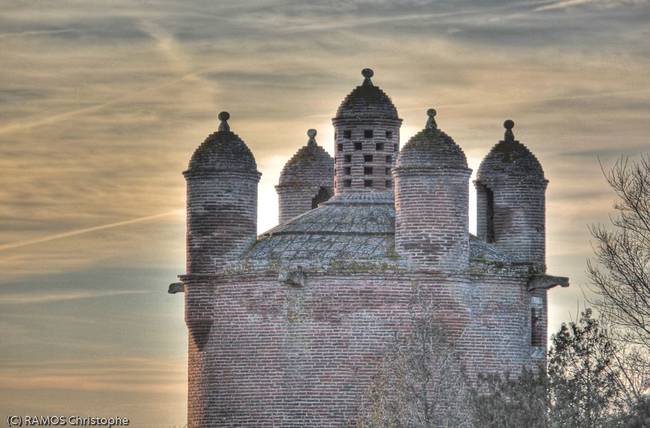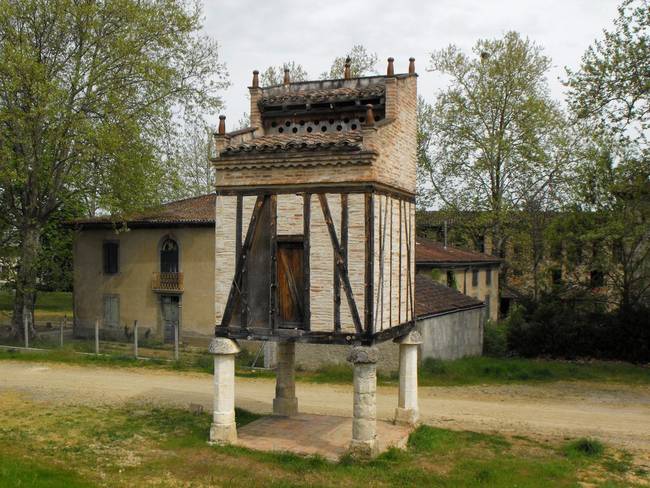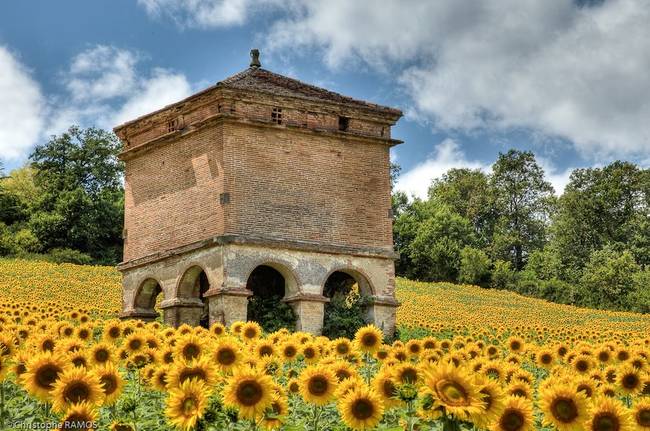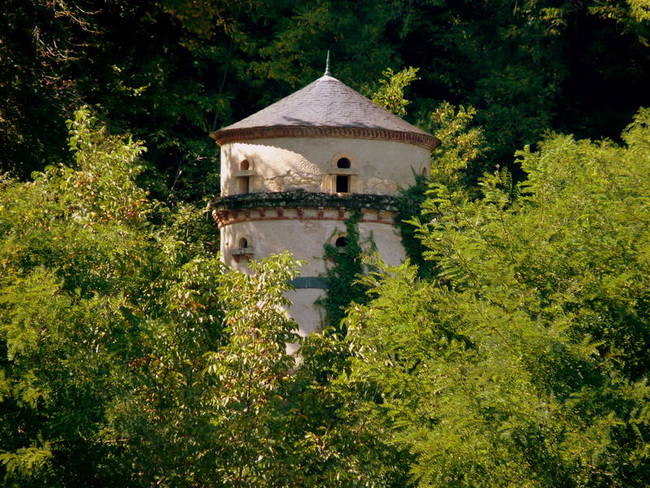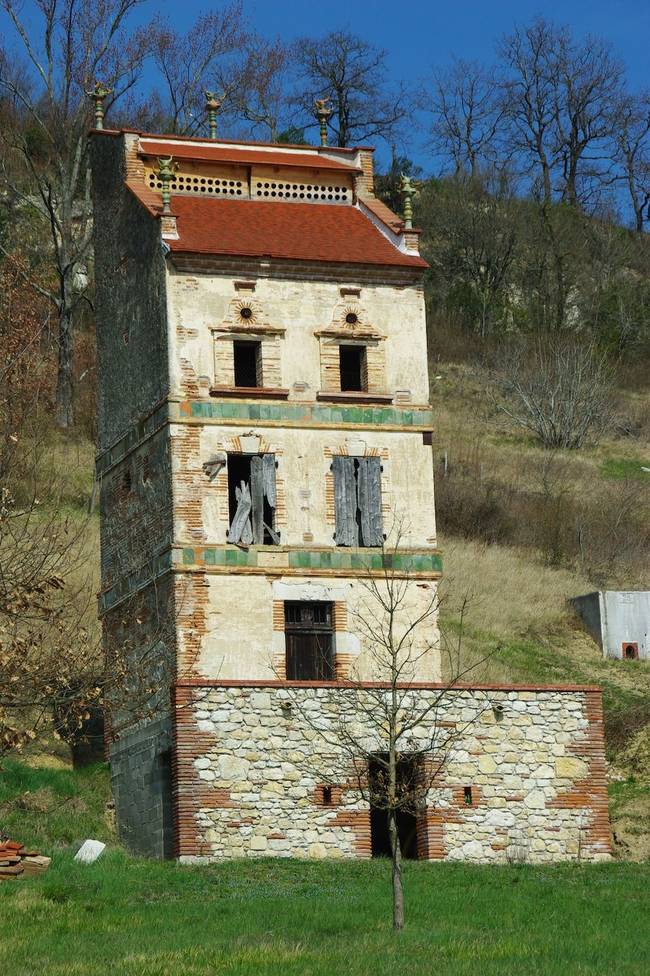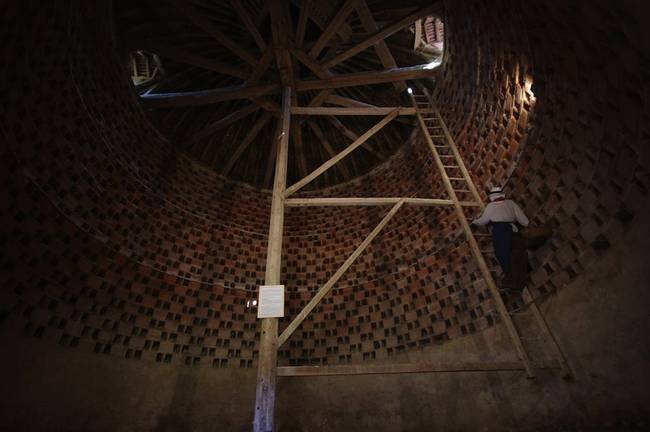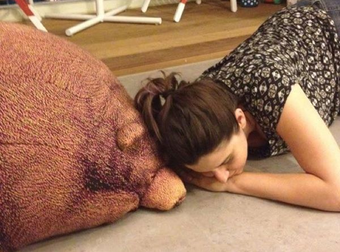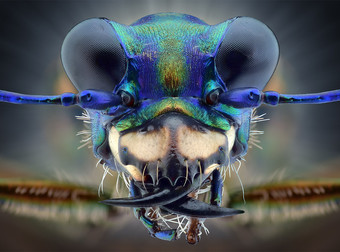These adorable castles can be found scattered around the countryside of France…but they aren’t intended for any royalty.
They’re called “pigeonniers” and, as you can probably guess, they were once used to house pigeons and sometimes doves. The quaint castles were popularized during the Middle Ages to keep meat, eggs, and fertilizer fresh. As fresh as anything in the Middle Ages could be, anyway.
They’re spread across the southwestern region, typically Tarn and Dordogne.
The French diet was in desperate need of diversification at the time.
The residents were predominately relying on grain before this trend began.
Meat was considered a luxury, so spotting one of these in someone’s yard was a sure sign of nobility.
The pigeon meat helped remedy the much needed nutrition issue for those able to afford them.
In the 13th century, those in the home of the King of France consumed around 400 pigeons daily.
Aside from the meat and eggs, they were also convenient for producing fertilizer from the pigeon feces.
The fertilizer was sought by farms, vineyards, and orchards across the country.
The importance of pigeons for French society remained until the mid-19th century when diets changed and the meat industry evolved.
The interiors were divided into small lodgings for the pigeons.
(via Messy Nessy Chic.)
The peasants were understandably a little miffed at how well pigeons had it while they barely made ends meet, so it’s a good thing the trend died out.
